Economic Viability
The economic viability of coal to liquid fuel production is a significant driver for the Coal to Liquid Fuel Market. With fluctuating oil prices, coal-derived liquid fuels can offer a more stable and potentially lower-cost alternative. The cost of coal remains relatively low compared to crude oil, making the conversion process attractive for many countries. Additionally, the establishment of coal-to-liquid facilities can create jobs and stimulate local economies, further enhancing the appeal of this market. As energy prices continue to fluctuate, the economic rationale for investing in coal to liquid technologies is likely to strengthen, positioning the industry for growth.
Rising Energy Demand
The increasing The Coal to Liquid Fuel Industry. As economies expand, the need for energy sources intensifies, particularly in developing regions. The International Energy Agency projects that energy demand will rise by 30% by 2040, necessitating alternative fuel sources. Coal to liquid fuel offers a viable solution, converting abundant coal reserves into liquid fuels that can meet this growing demand. This transition is particularly relevant in countries with significant coal deposits, where liquid fuels can supplement traditional energy sources. The Coal to Liquid Fuel Market is thus positioned to capitalize on this trend, providing a sustainable alternative to conventional fossil fuels.
Technological Innovations
Technological advancements play a crucial role in shaping the Coal to Liquid Fuel Market. Innovations in gasification and liquefaction processes have improved the efficiency and cost-effectiveness of converting coal into liquid fuels. For instance, recent developments in Fischer-Tropsch synthesis have enhanced the yield and quality of synthetic fuels derived from coal. The market is also seeing the emergence of integrated systems that combine coal conversion with renewable energy sources, potentially increasing overall energy efficiency. These innovations not only make coal to liquid processes more competitive but also align with the broader trend of integrating cleaner technologies into traditional energy sectors.
Energy Security Initiatives
Energy security remains a pivotal concern for many nations, driving interest in the Coal to Liquid Fuel Market. Countries with substantial coal reserves are increasingly looking to diversify their energy portfolios to reduce dependence on imported oil and gas. By investing in coal to liquid technologies, these nations can enhance their energy independence while utilizing domestic resources. This strategic shift is particularly evident in regions where geopolitical tensions may threaten energy supply chains. The Coal to Liquid Fuel Market thus stands to benefit from government initiatives aimed at bolstering energy security through the development of local fuel production capabilities.
Environmental Considerations
Environmental concerns are increasingly influencing the Coal to Liquid Fuel Market. As nations strive to reduce greenhouse gas emissions, the conversion of coal to liquid fuels presents a potential pathway to cleaner energy. Technologies such as carbon capture and storage are being integrated into coal-to-liquid processes, which may mitigate environmental impacts. The market is witnessing a shift towards cleaner production methods, with investments in research and development aimed at enhancing the sustainability of coal-derived fuels. This focus on environmental stewardship could drive demand for coal to liquid technologies, as stakeholders seek to balance energy needs with ecological responsibilities.


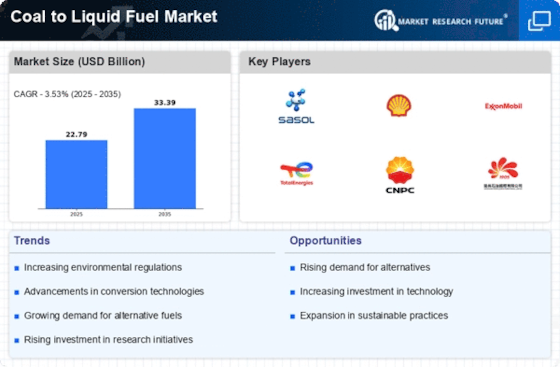
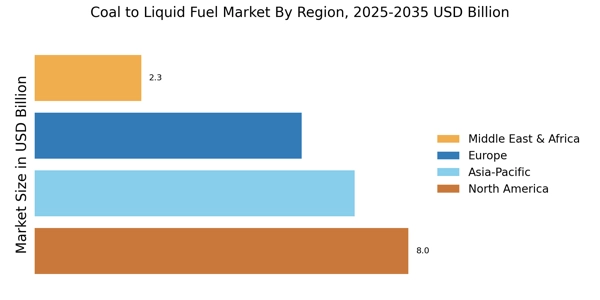
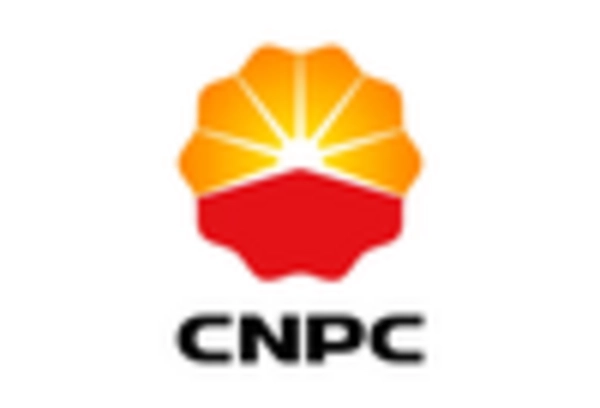

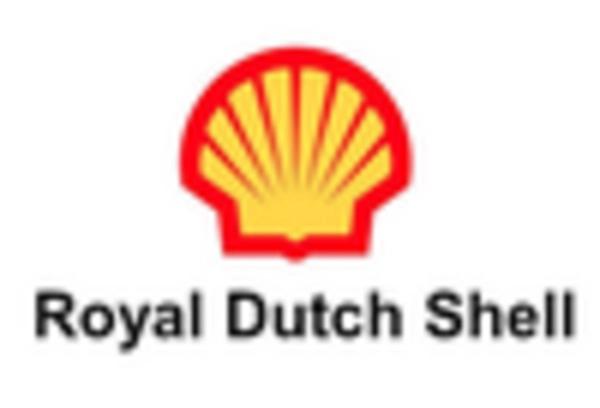




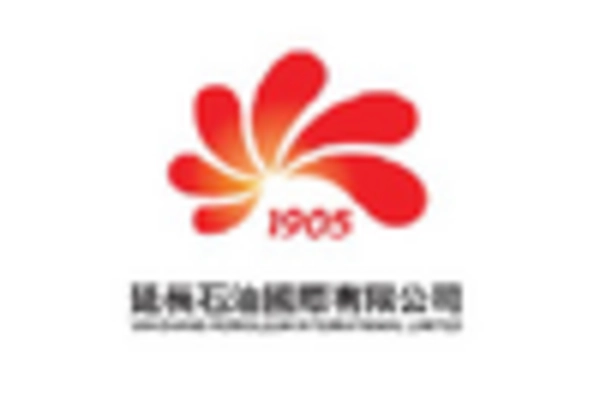








Leave a Comment